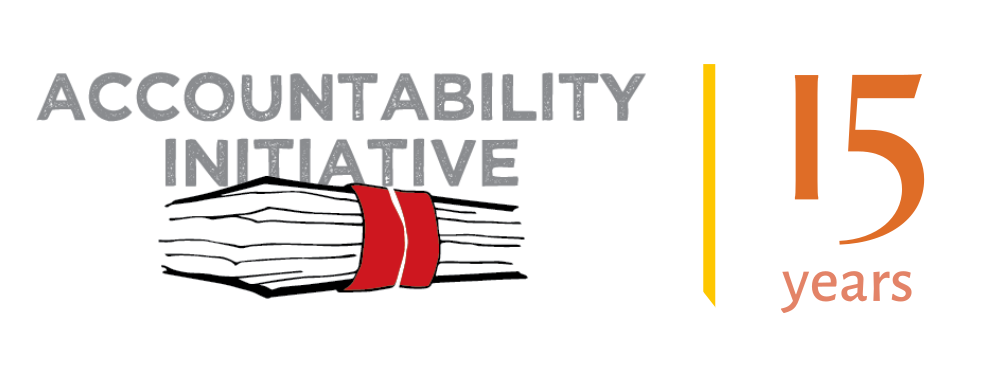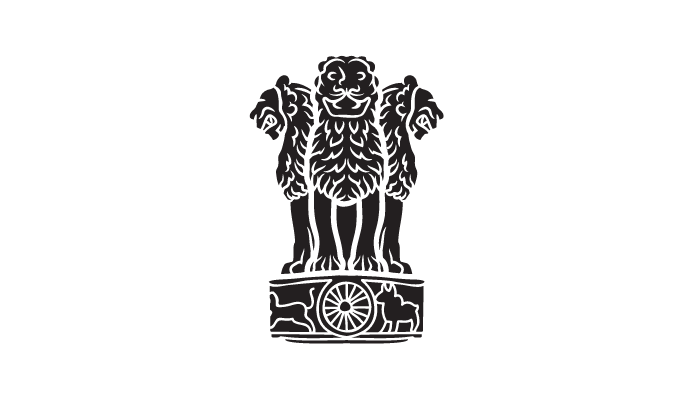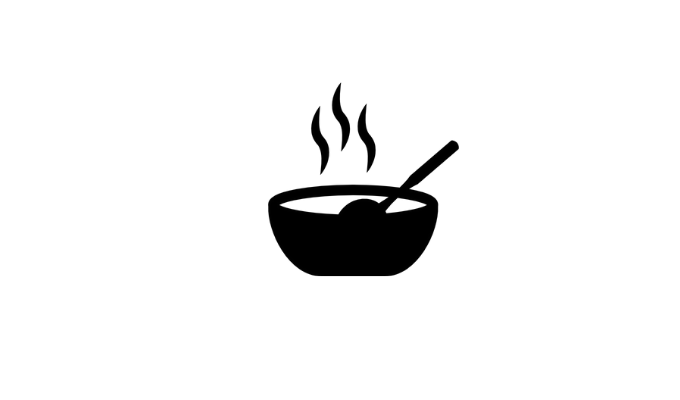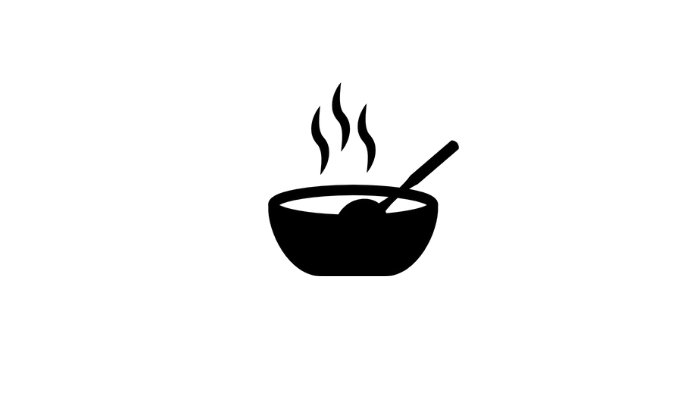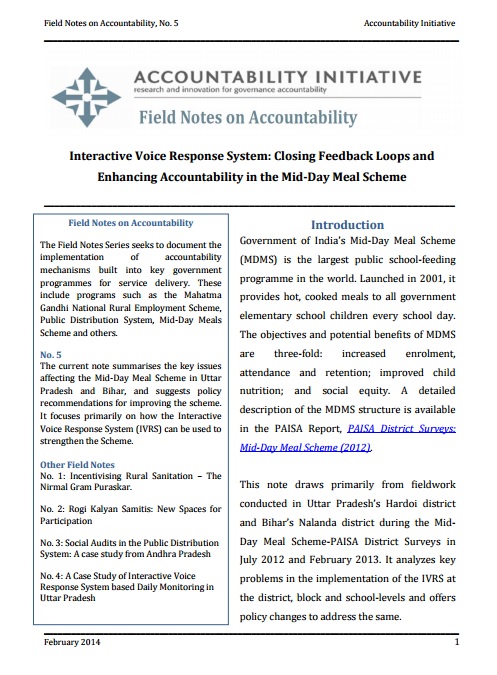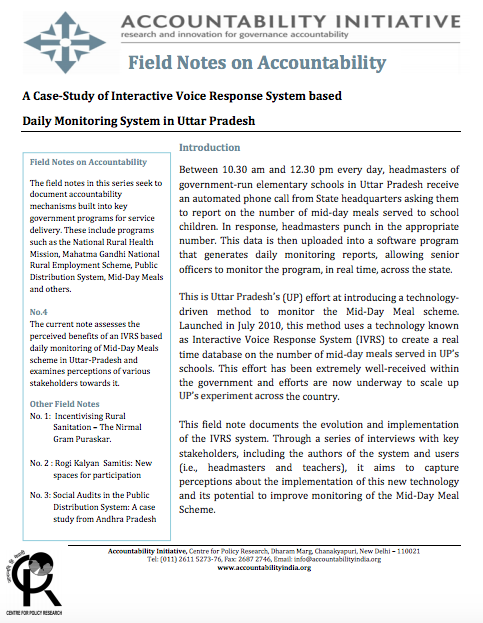In the 15 years that have gone by, India has seen a significant transition in the social sector, and lived through a pandemic. At the Accountability Initiative, Centre for Policy Research, we have tracked the provision of welfare services and entitlements since 2008, in-step with the country’s evolution over these years. The year 2023 marks a moment to pause and reflect for us as we celebrate our 15th anniversary, and the Centre for Policy Research reaches its milestone of 50 years.
But, aside from our legacy of evidence-based knowledge sharing, this reflection is important in one more way. In 2024, India will choose a new government. A lookback on welfare spending and outcomes is an essential first step to understanding future priorities and pathways to development.
Drawing from previous Union Budgets, this Special Brief will dive into six major aspects. Firstly, reviewing the sources of funding available with the government. Secondly, analysing trends in expenditures including social sector allocations for key ministries and schemes. Thirdly, the devolution of funds to states who are primary spenders on welfare services. Fourthly, unpacking social sector schemes over the years. Fifthly, analysing select outputs and outcomes over time. Lastly, we offer our own experience by providing a snapshot of the changes in government Management Information Systems which are critical to monitoring welfare schemes, among other aspects.
For the purpose of this Special Brief, we are covering the period from 2009-2023. Actual Government of India (GoI) expenditures have been used till Financial Year (FY) 2020-21. For FY 2021-22, figures are Revised Estimates (REs) and Budget Estimates (BEs) for FY 2022-23.
